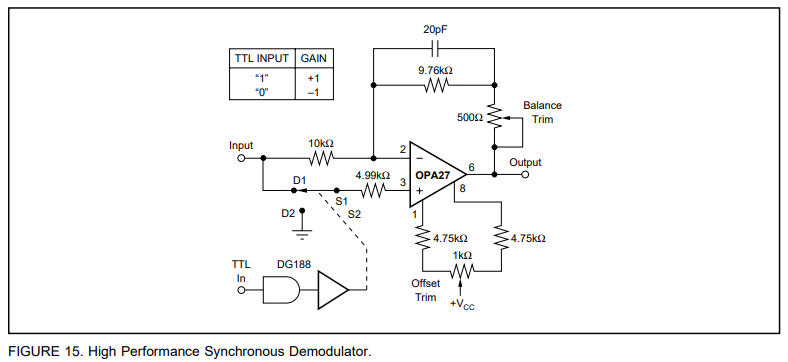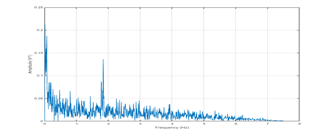Other Parts Discussed in Thread: OPA2191, OPA2192, OPA2205, OPA2182
Hi,
i am using the part opa2188 opamp for designing a howland current source.
After testing current source circuit, noise is above limits. Since we need to generate 10uA. But in 10uA, .02uA variation found as noise. since we using this current source for exciting RTD sensors, it will cause error in measurement of temperature set up too. So we need to decrease noise in circuit. Can you suggest any other op amp which is less noisy. or any good techniques to reduce noise in current source? Or please suggest a good circuit with capable of generating 10uA with max 1nA noise as variation in it.




